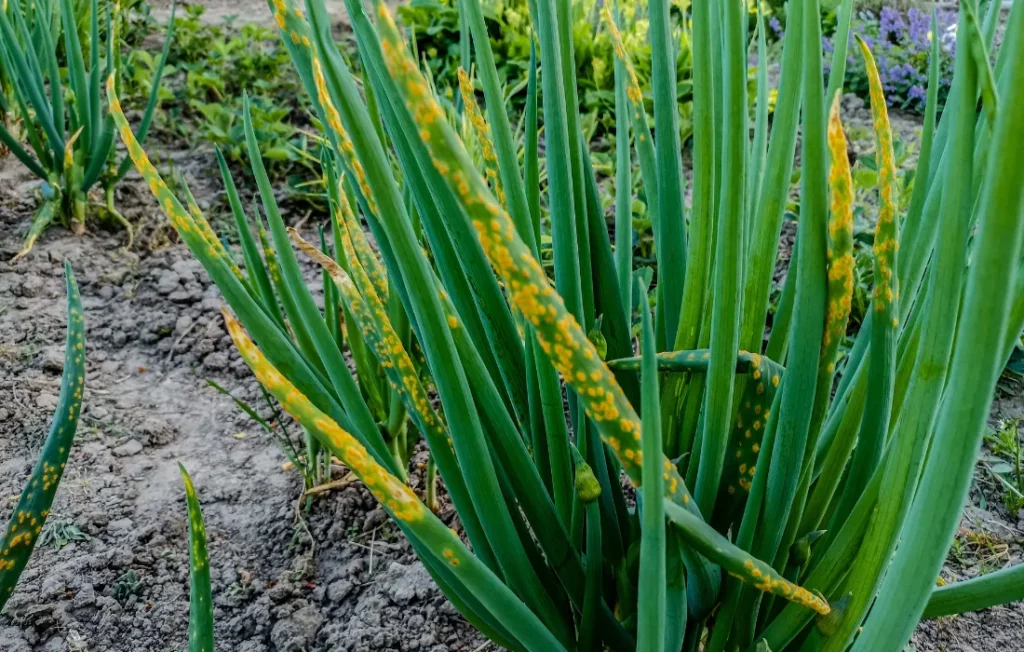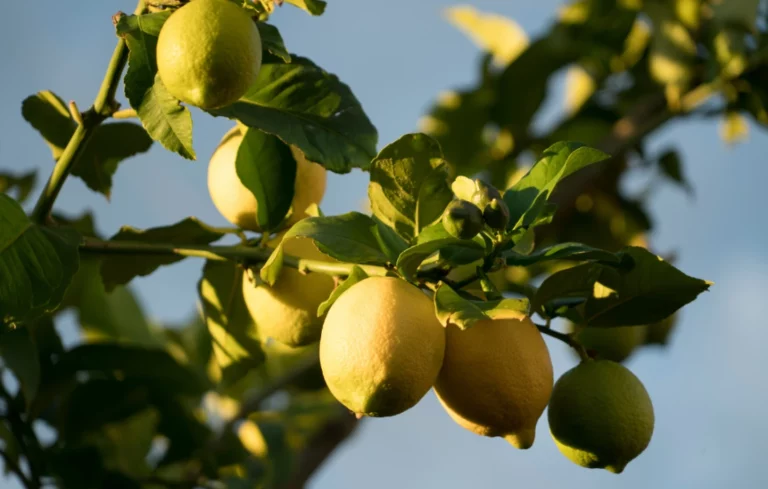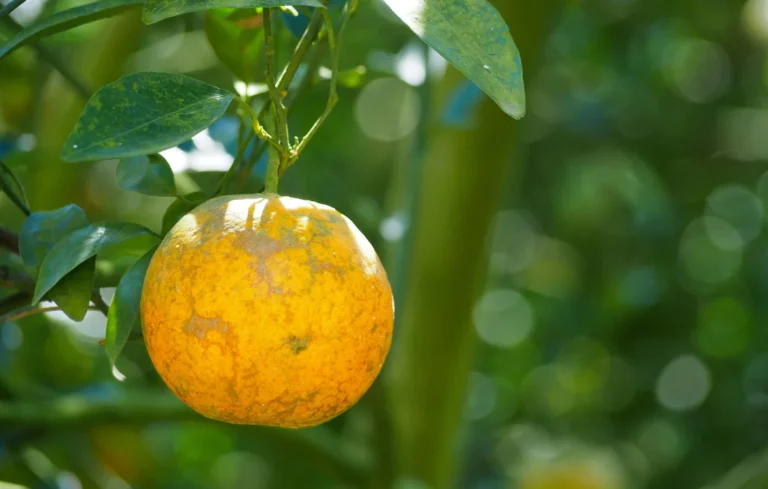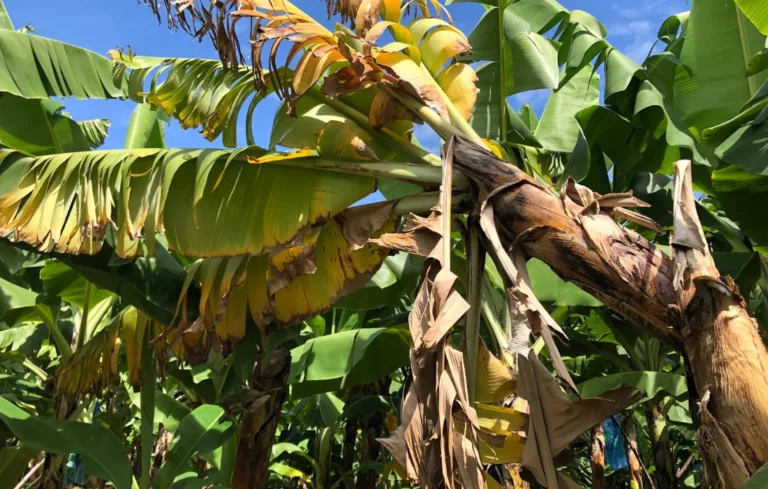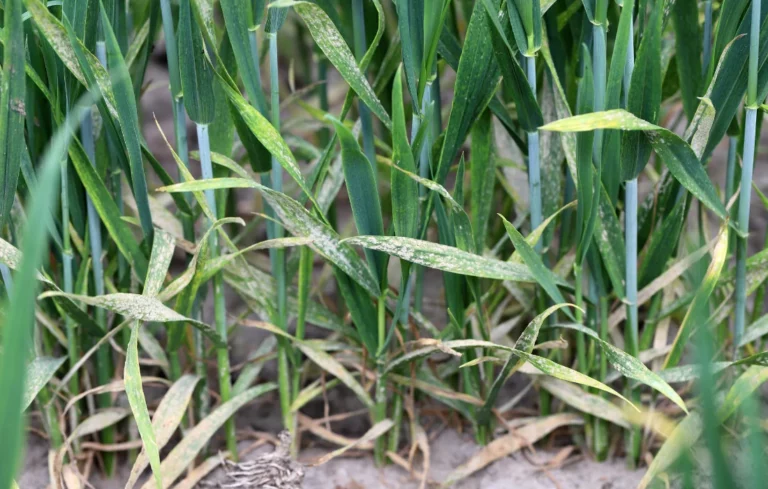Onion growing is subject to numerous health pressures, some of which can seriously compromise yields and bulb quality. Among the most feared fungal diseases, onion rust holds a prominent place. Caused by the fungus Puccinia allii , this disease can impact yields.
Faced with this challenge, Agrobiotop puts its expertise in agrobiology at the service of professionals. We design innovative, effective, and environmentally friendly solutions.
Onion rust, a fungal disease
Onion rust is caused by Puccinia allii , (also called Puccinia porri), a strictly parasitic fungus that can only survive in the presence of a living host.
It attacks species of the genus Allium , such as onions, garlic, leeks, shallots and chives . This botanical specificity makes the disease particularly tenacious in plots cultivated according to rotations that are too short or insufficiently diversified.
Rust is often more virulent on garlic and onion, whose tender foliage provides an ideal entry point for the fungus. Highly contagious, it develops rapidly in mild, wet weather, making growing seasons more difficult to secure without a rigorous preventative approach.
What are the symptoms of onion rust?
The first signs of rust appear on the leaves and stems . Small yellow-orange pustules form. These pustules consist of powdery spores, visible to the naked eye, which are easily spread by wind or splashing water. When they coalesce, they gradually cover the entire leaf surface, leading to rapid weakening of the plant.
As the infection progresses, the foliage turns yellow, wilts, and then dries up completely . At the end of the season, brown to black teliospores may appear, a sign that the fungus is entering a dormant phase.
The consequences for the bulbs are just as worrying: reduced size, lack of protective coats, deformations, and increased sensitivity to handling. In garlic in particular, the disease can lead to a halt in cloves development and significant economic losses.
Need a natural solution for onion rust?
Conditions that promote disease
Onion rust develops according to a well-defined pattern, linked to climatic conditions. While the first symptoms most often appear in summer, initial infections begin in spring. This is when the fungal spores find conditions conducive to germination and penetration into plant tissues.
A humid climate, combined with mild temperatures, strongly favors the development of the disease.
The Puccinia allii fungus has an optimal infection temperature of around 18°C . But beyond temperature, it is above all the humidity of the air that plays a determining role: for contamination to occur, the relative humidity level must exceed 97% for at least four consecutive hours.
These conditions are frequently encountered in spring or summer after rains followed by cool nights, or during poorly controlled watering.
In contrast, the arrival of autumn and winter marks a marked slowdown in the fungus’s activity. Cooler temperatures and lower humidity limit the spread of the disease, but do not completely eliminate the pathogen, which can survive as spores in crop residues or on secondary hosts.
Biological cycle of the Puccinia allii mushroom
Puccinia allii follows a complex life cycle, alternating between asexual and sexual reproduction. It survives the winter in the form of urediniospores or teliospores, lodged in crop residues, allium regrowth or certain weeds of the same family. From spring, the light orange urediniospores appear on the leaves and stems, ensuring the rapid spread of the disease through successive cycles of contamination.
The fungus spreads primarily through wind and splashing water. At the end of the season, dark brown, globular teliospores take over, allowing the pathogen to withstand winter conditions until the next crop is grown.
Agrobiotop solutions against onion rust
Soil improvement – decompaction, aeration and oxygenation of soils
These solutions allow the plots to be drained and avoid excess humidity and the presence of stagnant water which is conducive to the proliferation of rust (Puccinia allii ).
Treatment against rust (Puccinia allii ) :
Climatic conditions favor different diseases, it is important to apply the formulations below in order to counteract the proliferation of spores or oospores of diseases thanks to the strong absorbent and drying power of BENTOBIO (natural sodium bentonite clay).
CHITOPROTECT, an elicitor acting on the plant’s defense system, creates a film-forming biofilm that reinforces the action of BENTOBIO without obstructing the photosynthesis necessary for the plant. Air humidity (hygrometry) or after rain, which is conducive to the development of diseases, is thus stopped and eradicated.
Reapply every 7 to 14 days if possible until the disease clears.
DOSE OF USE:
BENTOBIO + CHITOPROTECT in combination against all diseases. 3 kg BENTOBIO + 1.5 L of CHITOPROTECT / ha / 300 L of water.
Combination with Copper-based preparations : Dose of 3 kg of BENTOBIO / 300 L of water
BENTOBIO dilutes perfectly in water and does not cause abrasion of pump systems
The indicated doses should be adapted according to needs and objectives. Allows you to reduce copper doses.
CAUTION: CHITOPROTECT is not compatible with copper (Copper hydroxide, copper sulfate)
In powder : From 8 to 15kg BENTOBIO
Do not hesitate to contact us for more information.
How to prevent onion rust?
To limit the appearance and spread of onion rust, several preventive cultural measures can be implemented:
- Space out the plants : avoid sowing or planting too densely to promote good ventilation of the foliage.
- Maintain water and nutritional balance : avoid excess water, droughts, and over-fertilization with nitrogen, which weakens plants.
- Select varieties : favor varieties less susceptible or resistant to rust, when possible.
- Take care with the choice of soil : grow on well-drained soil to limit prolonged wet conditions.
- Respect crop rotation : wait at least 5 years before replanting an allium crop on a plot that has already hosted this type of crop.
- Use certified seeds : ensure the sanitary quality of the plants to avoid any introduction of the pathogen.
- Eliminate secondary hosts : Pull up wild alliums and weeds near plots, which may harbor the fungus.
- Clean up plots after harvest : remove plant residues to limit the survival of the fungus from one season to the next.
- Adapt irrigation practices : avoid wetting the foliage and favor localized watering on the ground, ideally by drip.
Photo : Shutterstock

